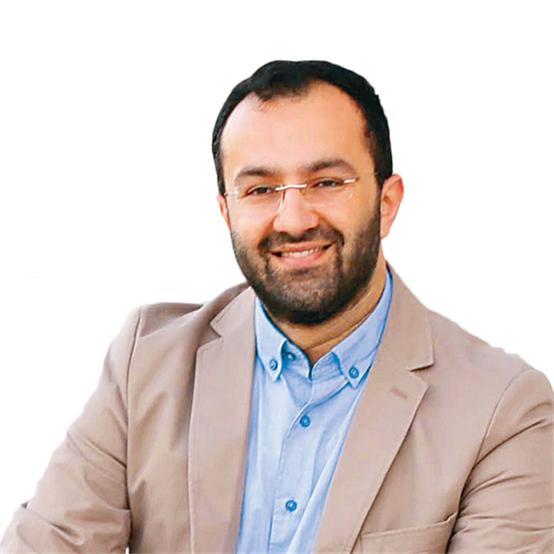The bodies of Iranian President Ebrahim Raisi, Foreign Minister Hossein Amir-Abdollahian, and six others, who perished in a helicopter crash, were laid to rest after days of elaborate ceremonies in Iran. Unlike the chaotic scenes during General Qasem Soleimani's funeral in 2020, where at least 56 people died and over 200 were injured, Raisi and his companions were bid farewell in a much calmer atmosphere. However, a significant detail from the funeral, given its historical and contemporary context, deserves particular attention:
After initial ceremonies in Tabriz, the procession moved to Tehran. Here, prominent eulogist Mansur Arzi, known for his high-emotion speeches in line with Shia traditions, delivered a powerful address. Broadcast live on state television, Arzi remarked that Raisi had died in the helicopter crash by burning, drawing a parallel with Fatimah, the daughter of Prophet Muhammad, by saying, "Our Mother Fatimah also burned!" Another speaker at the ceremony added, "These dear ones dedicated their hearts to Fatimah Zahra. And like their mother, who was crushed and burned between the door and the wall, they also burned to death."
This emphasis on Fatimah's supposed death by burning might have startled you. Historical records indicate that Fatimah died naturally around six months after the Prophet's passing. However, Shia tradition tells a different story. According to their account:
During the selection of Abu Bakr as caliph, Umar, overseeing the process, learns of an alternative meeting at Fatimah’s house to support Ali for the caliphate. Umar forces entry, assaults Fatimah, breaking her ribs, and sets the house on fire, causing her death.
Previously considered a fringe narrative, these extreme Shia fables are now officially endorsed and propagated by the Iranian state. Despite claims from Iran sympathizers in Türkiye that such stories are rejected by mainstream Shia thought and are merely British fabrications, the scenes at Raisi’s funeral confirm Iran’s official acceptance of these slanders. The prominent eulogist, favored by Supreme Leader Ali Khamenei, proclaiming this narrative on live television is a compelling piece of evidence.
Since 1979, one of Iran's methods to expand Shia influence in the Islamic world has been to resurrect historical disputes. By repeatedly highlighting early Islamic conflicts and the figures involved, Iran uses false narratives and slanders to incite hatred towards certain companions of the Prophet. This strategy exploits the ignorance and fanaticism of the masses, turning regional political conflicts into perceived "religious wars." During the suppression of the 2011 popular uprising against the Baath dictatorship, Shia fighters were brought from Lebanon, Iraq, and Afghanistan to Syria with the argument: "Protect Sayyida Zaynab's shrine from the infidels." Sayyida Zaynab, believed to be the sister of Imam Hussein, is buried in Damascus, and the city was ravaged in this cause.
Highlighting these manipulations should not be dismissed as sectarianism, just as criticizing Israel or Zionism should not be equated with anti-Semitism.





















